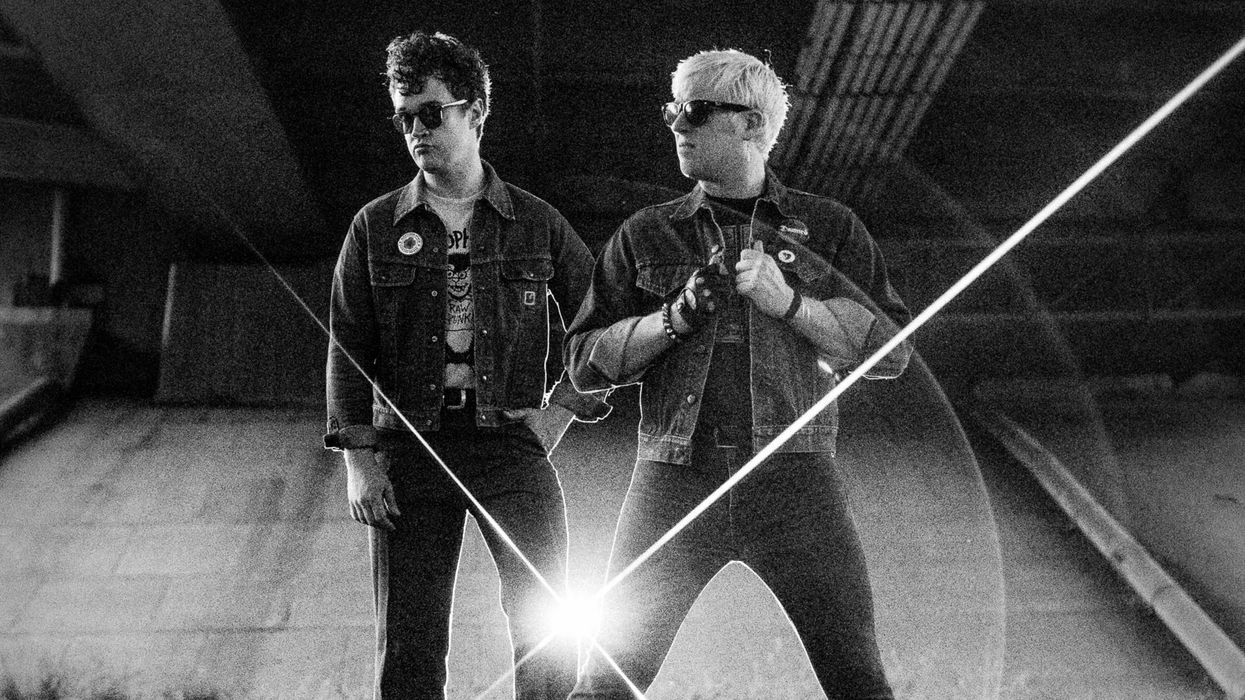RatingsPros:Beautiful, unique, and surprisingly restrained design. Pronounced low end. Warm midrange. Suited for fingerpicking and open chords. Great electronics. Cons: Lacks a little high- and high-mid resonance. Street: $1,249 (with hard case) Faith Guitars Blue Moon Neptune faithguitars.com | Tones: Ease of Use: Build/Design: Value: |
The Faith Blue Moon Neptune makes a strong first impression. But when a manufacturer unveils an all-mango-bodied instrument, dyed indigo no less, it’s safe to assume it’s designed to pique curiosity. As flashy as it looks, though, there’s much substance to the Blue Moon Neptune. And its relatively unique baby jumbo proportions—and the way they interact with the unique all-solid tonewood recipe—give the guitar a distinctive low-mid-centric voice.
Blue Exotica
Faith’s workshops are located in Indonesia, where the mango wood that makes up the body is harvested, and they did not go halfway in putting this resource to work. The guitar’s top, back, and sides are all mango, and the effect of building the whole body from this bold-grained wood is striking. Some luthiers use mango as an alternative for Hawaiian koa, which is valued for its tonal balance and striking visual qualities, and often features prominent curl and spalting. Mango can be nearly as spectacular as koa, and, depending on its density, mango wood shares many of koa’s tonalities, too.
Clearly, pairing mango’s grain with the indigo stain yielded spectacular results. The gloss finish highlights the complex shading in the grain and spalting, evoking twilight in a forest. It’s complemented by the abalone rosette, which contrasts beautifully with the blue tones without being too extroverted. Figured Macassar ebony also pops up everywhere: the tuning keys, bridge, and bridge pins (with abalone dots) are all ebony and tastefully offset the natural blonde of the maple binding. Macassar ebony also makes up the fretboard that caps the mahogany neck, and the presence of the mahogany and ebony dark hues do much to balance the bold blues.
Happy Middle Ground
In terms of tone, the Blue Moon Neptune is strongest in the bass and midrange, and it’s satisfying to hear and feel the guitar’s excellent responsiveness in those ranges, too. The tone profile lends itself to full-bodied open chords, which really resonate in the low-mid spectrum. Though to my ears, it’s fingerpicking, with its emphasis on sustaining bass notes, and flatpicked melody lines that really play to the Blue Moon’s strengths. Barre chords and other full shapes played around the middle of the neck sound like they have a little less high-end resonance than instruments of similar dimensions. But many players will love the way jangly, lighter treble tones dance over the very pronounced bass in these situations.
In general, the Blue Moon feels great. The satin finish on the neck is smooth and fast, and makes the entire neck feel usable and inviting—which is nice, because the Venetian cutaway gives easy access to the highest frets on the treble side. The guitar I received for review had pretty low action, and I could hear a bit of buzzing on low strings around the 3rd and 5th frets. The buzz didn’t seem to be an issue of build quality—which is excellent overall—because the neck is perfectly straight. And after a day of getting acclimated to the climate in my Brooklyn apartment, I heard a lot less of it. I would guess that a little extra neck relief or an adjustment to the saddle would completely fix these minor issues.
The Fishman INK3 preamp and undersaddle pickup system is built around an intuitive, well-designed control panel with four circular inset pots for volume, bass, middle, and treble, and a fifth button that functions as an onboard tuner. The tuner is super cool: The display is situated in the button itself, which lights up when pressed. The endpin assembly doubles as the battery compartment.
In performance, the pickup works wonderfully. There’s lots of clean headroom right up to the highest volumes and the frequency pots are very responsive and full of range—providing the flexibility for dealing with real-world situations like cranky PAs and poorly configured performance spaces. Given the instrument’s bass and midrange emphasis, I achieved best results with the bass and mids set right in the middle and the treble at around 65 percent of full.
The Verdict
Faith has succeeded in producing a guitar with an unconventional, romantic aesthetic that’s classy in spite of being bold—a tricky line to walk when it comes to unnatural dyes and radical departures in color. I don’t typically gravitate toward these kinds of guitars, but the choices of wood and appointments add up to a beautiful instrument that’s surprisingly restrained.
Tonally speaking, the guitar generates a very inviting, warm low-end output. Some players might like a little more mass in notes from the higher half of the tone spectrum. But that doesn’t mean the top end doesn’t have bite or chime. And in many fingerstyle settings, the unique balance between the pretty high end and thumpier bass gives the guitar a unique voice with a capacity for sustain and detail. Outgoing as it is, the Blue Moon may estrange some traditionalists, but more open-minded players are likely to find a lot of inspiration in its equally unique voice.





















